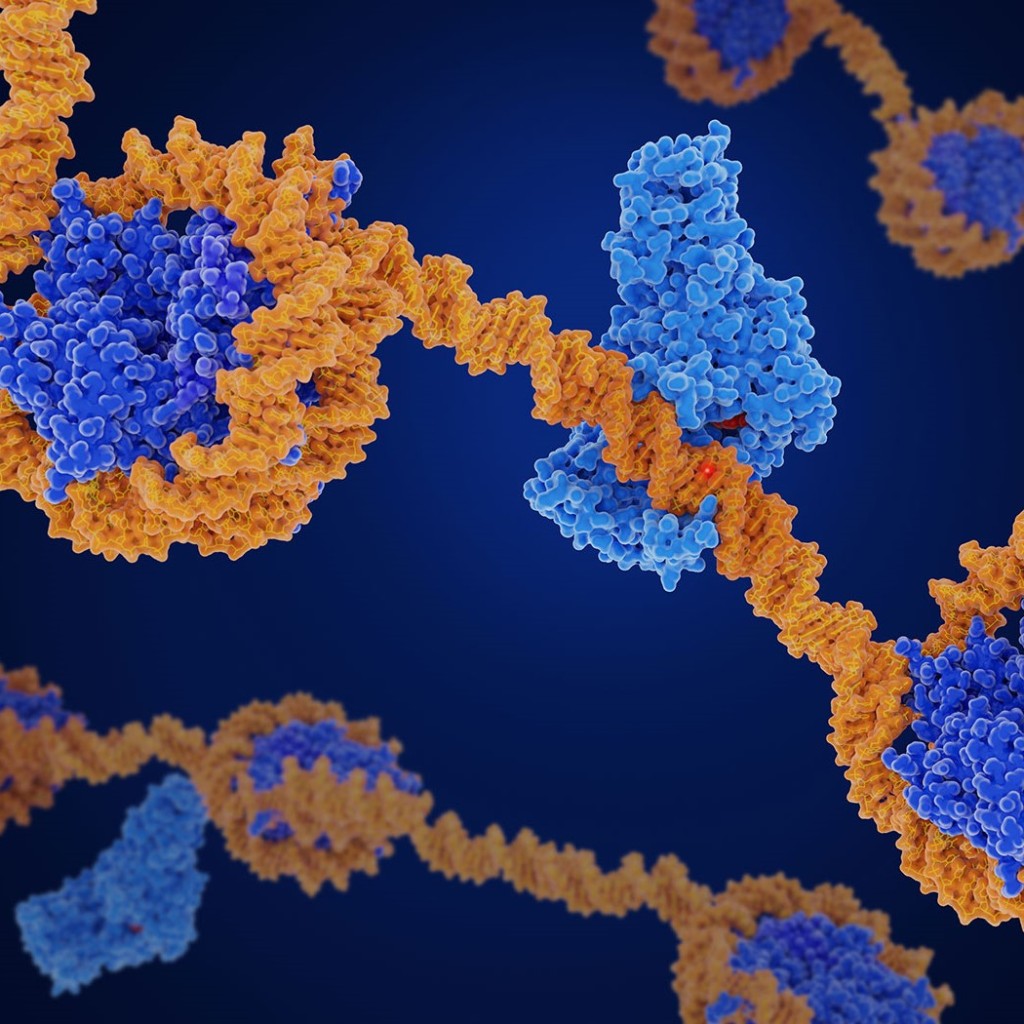
Aging is a complex biological process that affects all living organisms. While as of now, the mechanisms remain multifaceted with limited understanding, recent studies place an emerging significance of epigenetic modifications in this intricate process. Epigenetics refer to heritable changes in gene expression that do not involve alterations in the DNA sequence itself. In this blog post, we will delve into the role of epigenetic modifications, specifically DNA methylation patterns, histone modifications, and telomere shortening, in the process of aging.
Gene expression patterns are influenced by epigenetic modifications, which operate as critical regulatory mechanisms that control which genes are active or inactive inside a cell. These alterations involve chemical changes to DNA and the proteins linked to it, primarily histones, which help the packaging and arrangement of the DNA within the nucleus. Numerous variables, including environmental exposures, lifestyle choices, and age-related processes, implicate that they influence epigenetic shifts.
One of the most thoroughly researched epigenetic alterations is DNA methylation. This process adds a methyl group onto the DNA molecule, usually at cytosine residues in the context of CpG dinucleotides. By influencing gene expression, DNA methylation patterns play a crucial part in the control of it. However, the DNA methylation landscape changes as we get older. Regional hypermethylation, when specific genes become overly methylated, is seen with global hypomethylation, a decrease in total DNA methylation. These modifications can lead to significant changes in the genes’ expressions, possibly contributing to age-related phenotypes and illnesses.
Histones are the proteins that package DNA into compact structures known as chromatin. Histones can undergo several chemical alterations, such as acetylation, methylation, phosphorylation, and ubiquitination, potentially affecting gene expression. Histone alterations act as switches, turning genes on or off. It can also affect chromatin structure and the accessibility of transcriptional machinery. Histone modifications have been found to shift with age, altering the gene expression patterns. For example, reduced histone acetylation levels have been linked to neurodegenerative diseases and age-related cognitive decline.
Telomeres are protective structures at the ends of chromosomes that protect the genetic material during cell division. They consist of repetitive DNA sequences and related proteins. Because DNA polymerase cannot fully replicate the ends of linear chromosomes, telomeres gradually shorten with each cell division. The lifespan of cells and the rate of aging are determined by telomere shortening, functioning as a cellular clock. When telomeres become critically short, cells may enter a state of replicative senescence or undergo apoptosis, or programmed cell death. Accelerated telomere shortening has been associated with various age-related diseases, including cardiovascular diseases, cancer, and neurodegenerative disorders.
DNA’s chemical modification (methylation), alteration of histones (proteins supporting DNA structure), and shortening of nucleotide sequence located at chromosome ends called telomeres -all constitute vital epigenetic modifications crucial to aging development. Continuous changes occur with these alterations’ “dynamic” properties, providing insight into how external surroundings or individual choices could impact genetic expression leading to varied health consequences during old-age years. Understanding this intricate dance could lead to precision medicine interventions targeting healthy aging while circumventing diseases known commonly by their association with aging.
The three discussed epigenetic modifications are interrelated, and their dysregulation can accelerate aging. For instance, alterations in DNA methylation patterns can affect histone modifications and chromatin structure, ultimately impacting gene expression. Furthermore, telomere shortening has been linked to changes in DNA methylation and histone modifications, highlighting how these two factors interact to cause aging. Disruptions in the balance of these epigenetic mechanisms can lead to cellular malfunction, impaired tissue homeostasis, and increased vulnerability to age-related diseases.
Epigenetic modifications, including DNA methylation patterns, histone modifications, and telomere shortening, play a fundamental role in the aging process. The dynamic nature of these epigenetic marks provides a unique perspective on how environmental and lifestyle factors might affect gene expression and impact health outcomes as we get older. The development of targeted interventions and therapies to promote healthy aging and lessen age-related diseases in the future offer enormous potential from understanding the complex interactions between epigenetic modifications and the aging process
